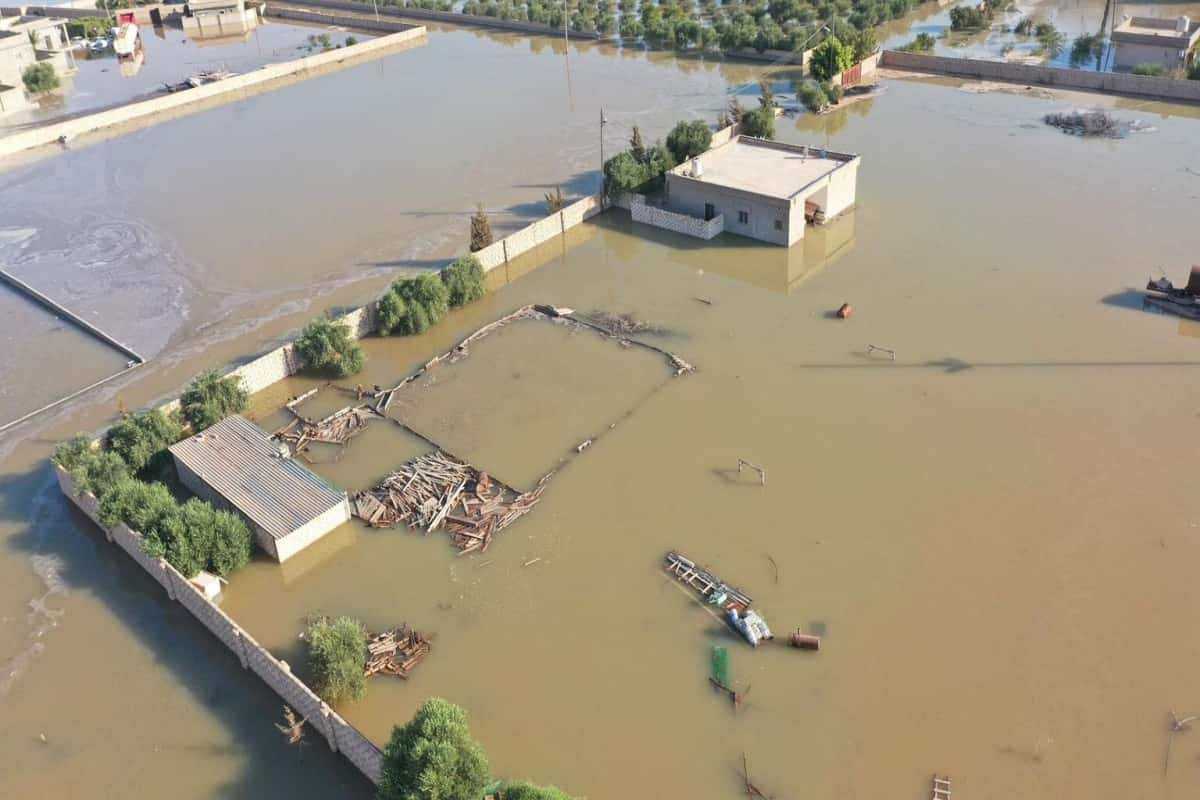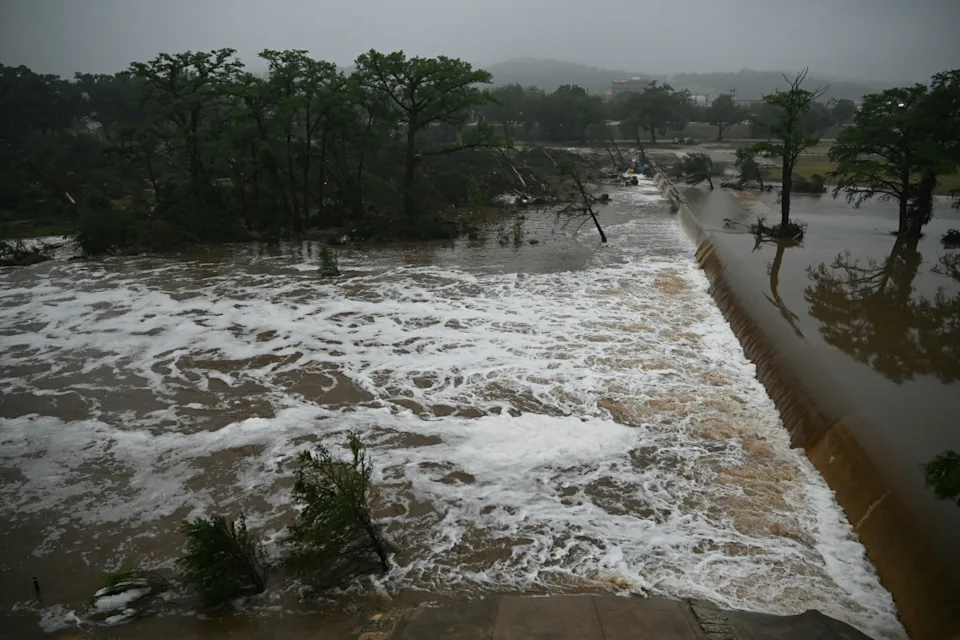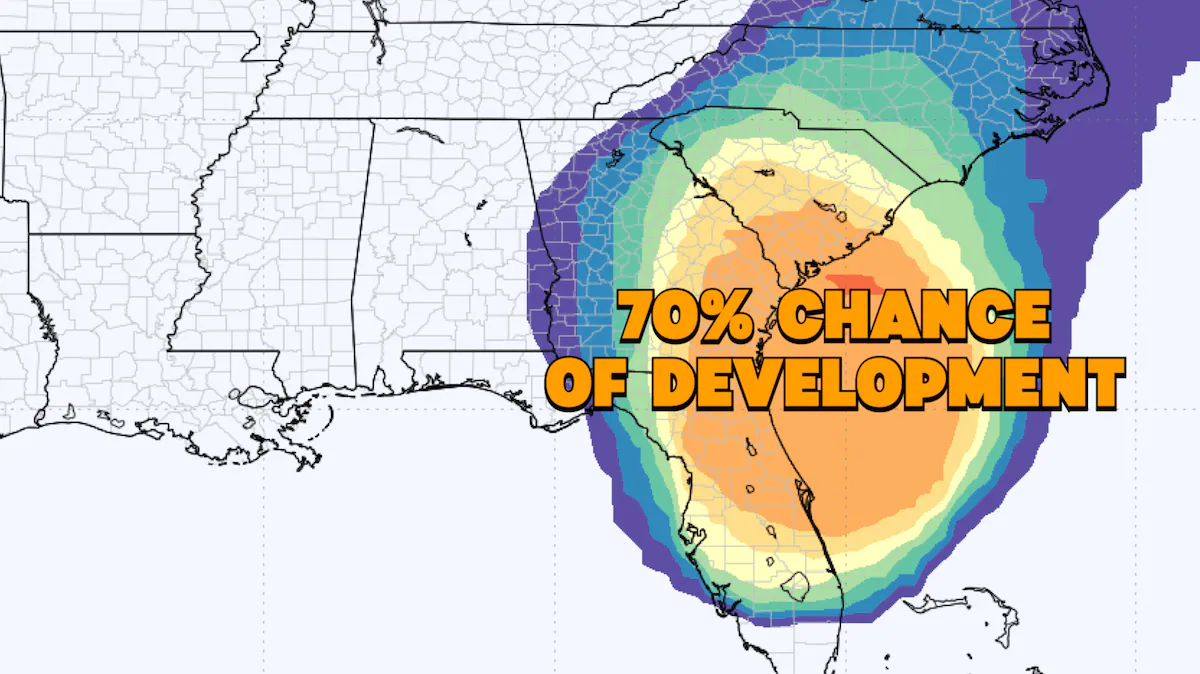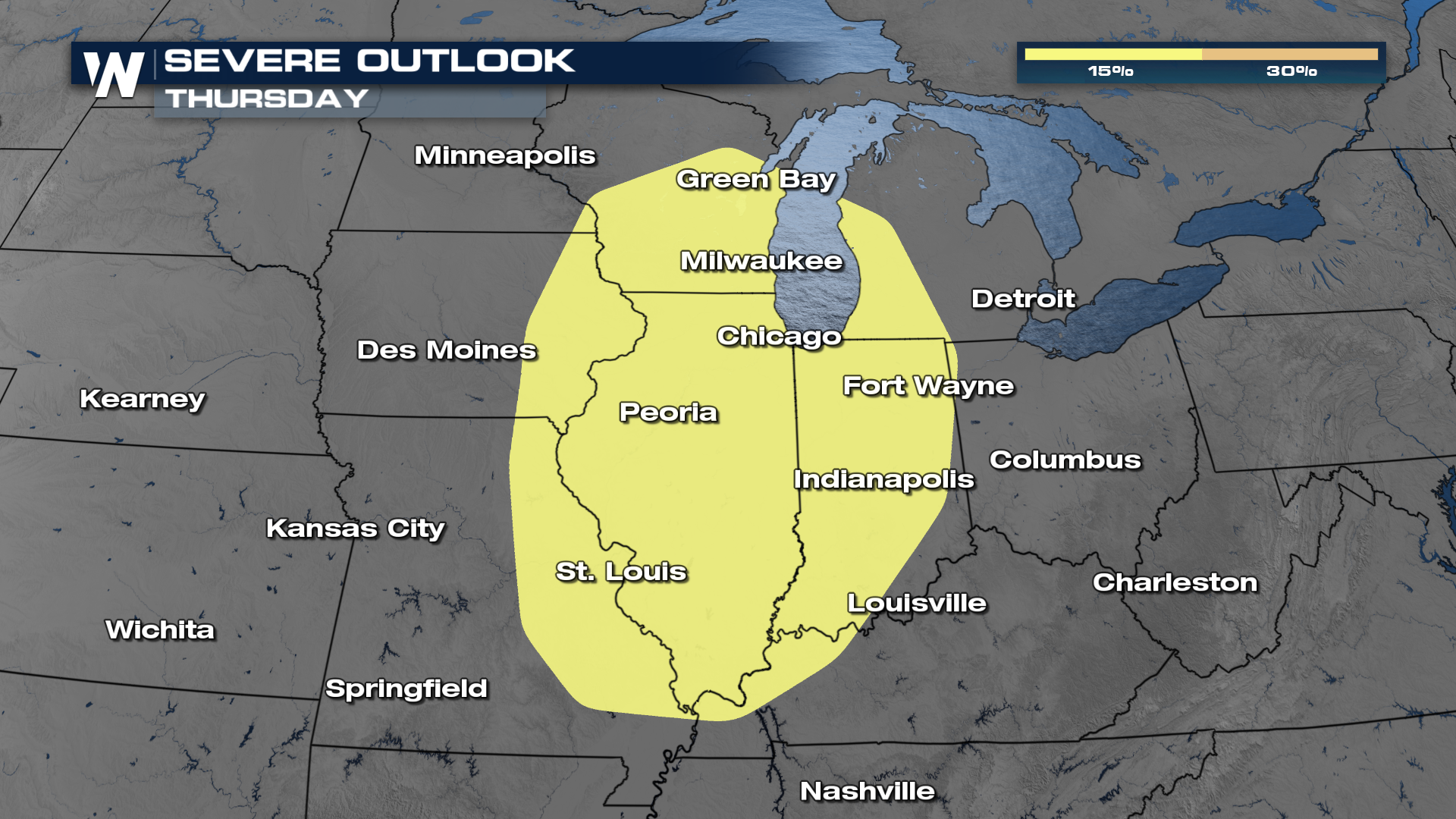The calamity, exacerbated by human-induced climate change, was made 50 times more likely due to a combination of factors including construction in flood-prone areas, inadequate dam upkeep, and other local elements, the study stated.
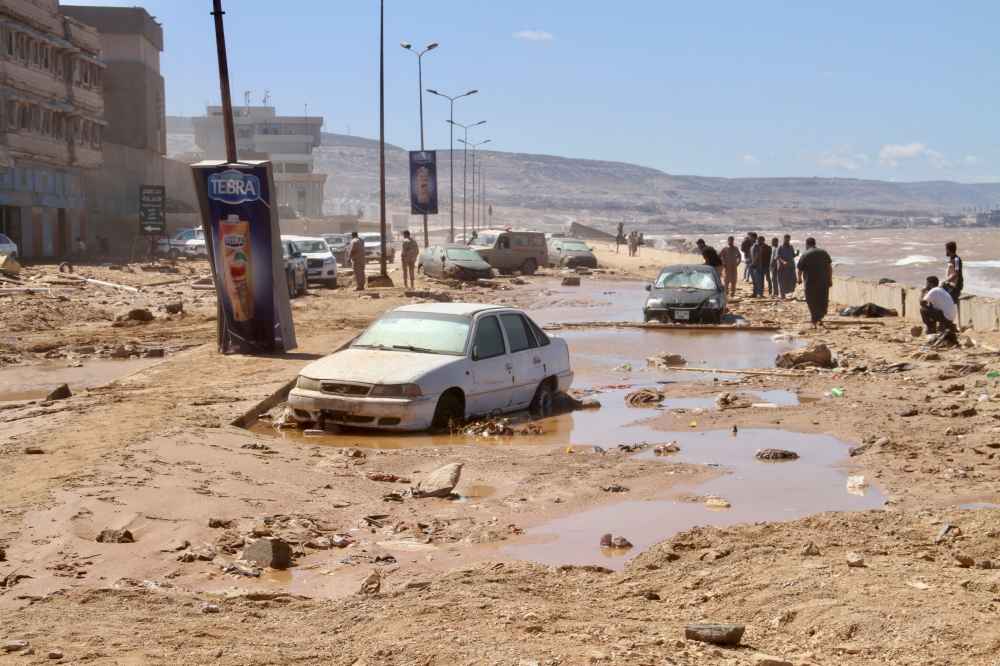
Thousands of people perished in a devastating flood that swept through Libya earlier this month, a recent study has revealed
Julie Arrighi, the Director of the Red Cross Red Crescent Climate Centre, stressed that this tragic event highlights the intersection of climate change-induced extreme weather events and human-related factors, resulting in intensified impacts on thousands of individuals, infrastructure, and assets vulnerable to flooding.
The World Weather Attribution (WWA) group, renowned for their prompt analysis of weather and climate incidents affecting thousands of people, conducted a study to determine the influence of human-caused climate change. The disaster unfolded in early September when Storm Daniel, a potent Mediterranean cyclone resembling a tropical storm, unleashed continuous rainfall over regions in Spain, Greece, Bulgaria, Turkey, and Libya. While multiple nations reported casualties, Libya faced the most severe consequences, with two dam collapses leading to catastrophic outcomes.
The precise death toll of thousands of people remains uncertain, with estimates ranging from 4,000 to 11,000, as reported by governmental and aid agencies
Meteorologists affirmed that human-induced climate change escalated the disaster‘s likelihood by up to 50 times, resulting in nearly half more rainfall during the period. The event, as per the WWA, remains exceedingly rare, projected to occur once in 300-600 years under current climate conditions.
In Libya, a myriad of factors including prolonged armed conflict, political instability, potential dam design flaws, and inadequate maintenance all played a role in the catastrophe. The interplay of these elements, compounded by intense rainfall intensified by climate change, culminated in widespread devastation and loss of life of thousands of people. According to meteorologist Jeff Masters of Yale Climate Connections, climate change amplifies the capacity of tropical cyclones and similar storms to unleash extreme rainfall, underscoring the urgent need for climate action.
READ ALSO: Category 5 Hurricane Reminds New England Of Growing Threat
